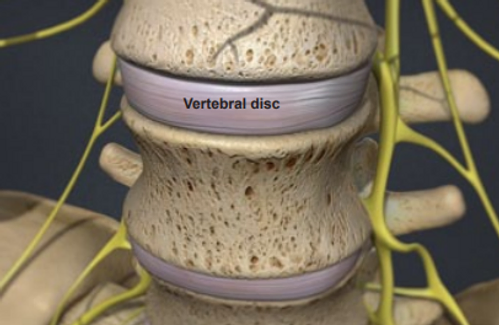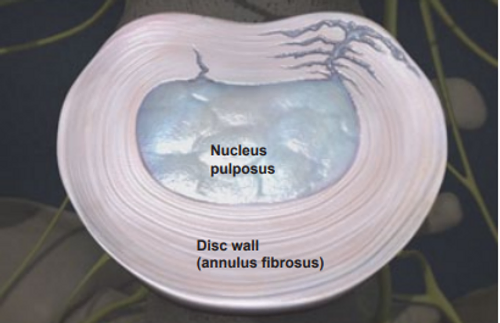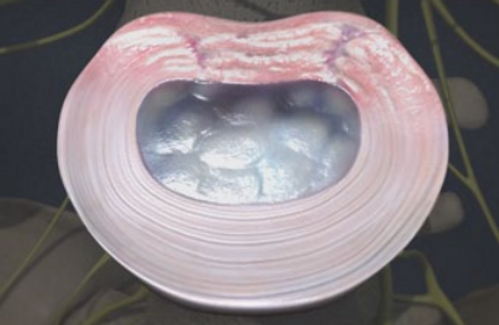Degenerative Disc Disease
Degenerative Disc Disease Doctor in Texas
Overview
This condition is a weakening of one or more vertebral discs, which normally act as a cushion between the vertebrae. This condition can develop as a natural part of the aging process, but it may also result from injury to the back.
Disc Wall Tears
Degenerative disc disease typically begins when small tears appear in the disc wall, called the annulus. These tears can cause pain.


Disc Wall Heals
When the tears heal, create scar tissue that is not as strong as the original disc wall. If the back is repeatedly injured, the process of tearing and scarring may continue, weakening the disc wall
Disc Center Weakens
Over time, the nucleus (or center) of the disc becomes damaged and loses some of its water content. This center is called the pulposus, and its water content is needed to keep the disc functioning as a shock absorber for the spine.
Nucleus Collapses
Unable to act as a cushion, the nucleus collapses. The vertebrae above and below this damaged disc slide closer together. This improper alignment causes the facet joints – the areas where the vertebral bones touch – to twist into an unnatural position.
Bone Spurs Form
In time, this awkward positioning of the vertebrae may create bone spurs. If these spurs grow into the spinal canal, they may pinch the spinal cord and nerves (a condition called spinal stenosis). The site of the injury may be painful.

NorTex Spine & Joint Institute
Is proud to be the leader of non-surgical treatments for a variety of spine-related problems offered by Dr. Ghalambor, Harvard Trained, Fellowship Trained, and Board Certified Specialist.
We offer consultations and treatments in our affiliated clinics in Plano, McKinney, Frisco, Lewisville, Wylie, Celina, Garland, Allen, Addison, and Dallas in Texas.
Want to talk more about your Back Pain, Neck Pain, or other Spine related problems?
Call us today at 972-872-8408
Symptoms
Some people experience pain, numbness or tingling in the legs. Strong pain tends to come and go. Bending, twisting and sitting may make the pain worse. Lying down relieves pressure on the spine.


